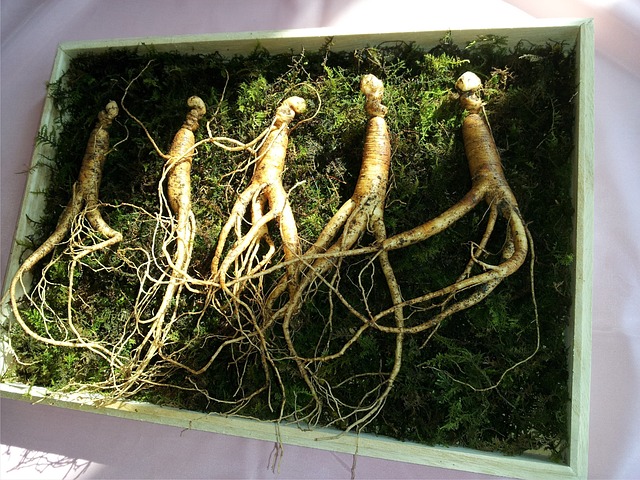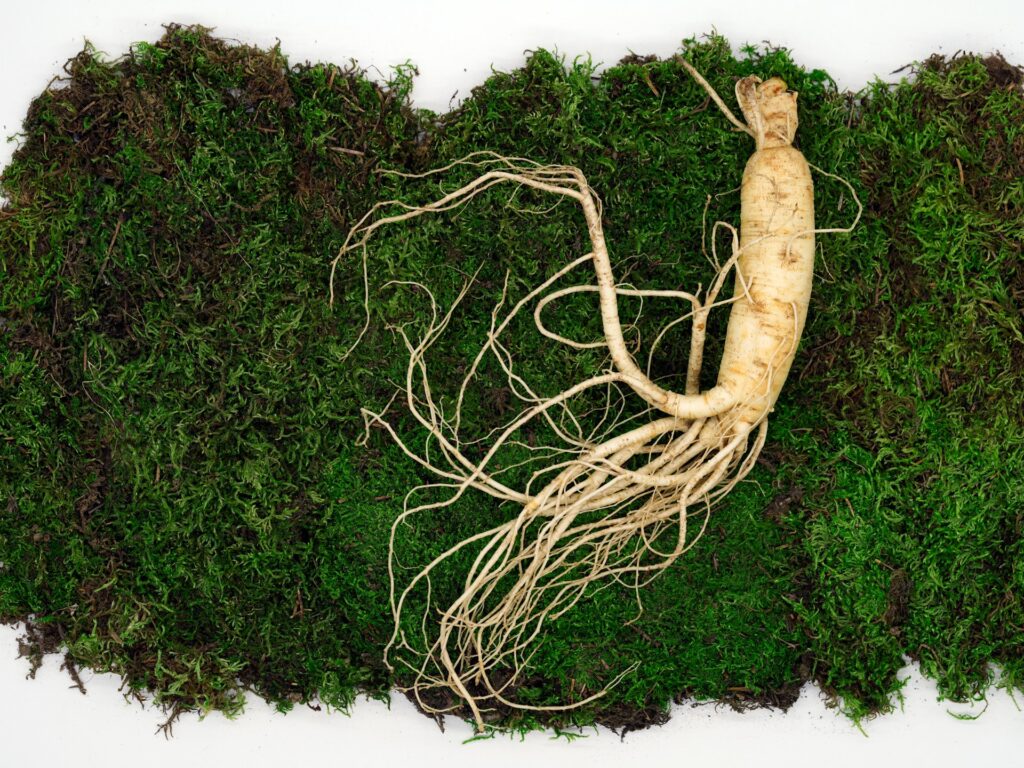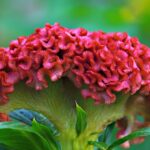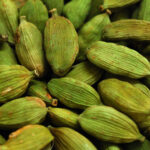Ginseng, renowned for its medicinal properties and economic value, has been a staple in traditional medicine for centuries. Known for its slow growth and specific requirements, cultivating ginseng can be a rewarding yet challenging endeavor. This guide will take you through the essential steps and considerations for successfully growing ginseng.
Understanding Ginseng
Ginseng (Panax spp.) is a perennial plant primarily valued for its root, which is used in various traditional and modern medicinal preparations. There are two main types: American ginseng (Panax quinquefolius) and Asian ginseng (Panax ginseng). While their cultivation methods are similar, their growing conditions and market demands can differ.
Site Selection
Climate
Ginseng thrives in temperate climates with cold winters and warm summers. It requires a period of dormancy during winter, making regions with distinct seasons ideal.
Soil
Type: Well-drained, loamy soil is best. Avoid heavy clay or sandy soils.
pH: Slightly acidic soil (pH 5.5 to 6.5) is optimal.
Organic Matter: High organic content is crucial. Adding leaf mold or compost can enhance soil quality.
Shade
Ginseng is a shade-loving plant. It naturally grows under a forest canopy, requiring about 70-80% shade.
Artificial shading can be created using shade cloth if natural forest cover is not available.
Planting Ginseng
Seeds vs. Rootlets
Seeds: Growing ginseng from seeds is common but requires patience, as it takes 5-7 years to harvest mature roots.
Rootlets: These are young ginseng plants (1-3 years old). They reduce the growing time to about 3-5 years but are more expensive.
Preparation
Stratification: Ginseng seeds need to undergo stratification (a period of cold treatment) to break dormancy.
Purchase stratified seeds or stratify them yourself by burying them in sand or sawdust for about a year.
Bed Preparation: Clear the planting area of weeds and debris. Create raised beds to improve drainage and add organic matter to enhance soil fertility.
Planting Seeds
Timing: Plant seeds in the fall, around October, to allow natural stratification over winter.
Spacing: Sow seeds 1-2 inches apart in rows spaced 6-8 inches apart. Cover seeds with about 1 inch of soil and a layer of leaf mulch to retain moisture.

Care and Maintenance
Watering
Frequency: Ginseng requires consistent moisture, especially during the first year. However, avoid waterlogging as it can cause root rot.
Method: Drip irrigation is ideal to ensure even moisture without overwatering.
Weeding
Manual Weeding: Regular weeding is essential, especially in the first few years. Be careful not to disturb the shallow ginseng roots.
Mulching: Apply mulch to suppress weeds, retain moisture, and maintain soil temperature.
Pest and Disease Control
Common Pests: Slugs, snails, and rodents can damage ginseng plants. Use organic pest control methods like traps and barriers.
Diseases: Fungal diseases such as damping-off and root rot are common. Ensure good air circulation, avoid overcrowding, and use fungicides if necessary.
Harvesting
Timing
Ginseng roots are typically harvested after 5-7 years of growth. The older the root, the higher its value and potency.
Method
Carefully dig around the plant to avoid damaging the roots. Clean the roots gently with water and dry them in a cool, shaded area.
Marketing and Selling
Ginseng can be sold fresh, dried, or processed into various products. The market value depends on root size, age, and quality. Research local and international markets to determine the best selling strategy.
Growing ginseng requires patience, knowledge, and dedication. By selecting the right site, preparing the soil, planting correctly, and maintaining the plants diligently, you can successfully cultivate this valuable herb.
Whether for personal use or commercial purposes, the effort invested in growing ginseng can yield significant rewards.
Additional Resources
Books: “Growing and Marketing Ginseng, Goldenseal, and other Woodland Medicinals” by Jeanine Davis and W. Scott Persons.
Websites: The American Ginseng Society, National Center for Complementary and Integrative Health.
By following these guidelines and continuously learning, you can master the art of growing ginseng and enjoy the fruits of your labor in the years to come.
Advanced Tips for Ginseng Cultivation
Rotational Planting
To ensure a continuous harvest and sustainable production, consider implementing rotational planting. This involves dividing your planting area into sections and planting ginseng in a new section each year. This practice helps prevent soil depletion and reduces the risk of disease buildup.
Companion Planting
Certain plants can benefit ginseng by improving soil quality or providing additional shade. Consider planting companion species such as goldenseal, which shares similar growing conditions and can provide an additional income source.
Wild Simulated Ginseng
For those interested in more natural cultivation methods, wild simulated ginseng is an alternative. This method mimics wild ginseng’s natural growing conditions, requiring less intensive care. It often fetches higher prices due to its resemblance to wild ginseng.
Legal Considerations
Growing ginseng involves navigating various legal regulations, especially regarding harvesting and selling. Be aware of local, state, and federal laws concerning ginseng cultivation. Obtaining necessary permits and adhering to guidelines can prevent legal issues and ensure sustainable practices.
Harvest Regulations
In many areas, there are specific regulations regarding when and how ginseng can be harvested. These laws are designed to protect wild ginseng populations and ensure sustainable harvesting practices. Always check local regulations before harvesting.
Certification
If you plan to sell ginseng, obtaining organic certification can enhance market value. This process involves meeting specific standards set by certifying bodies, which can require additional documentation and inspections.
Economic Considerations
Cost of Cultivation
Starting a ginseng farm requires an initial investment in seeds or rootlets, soil preparation, and shade structures. Calculating these costs and potential returns is crucial for planning and sustainability.
Market Analysis
Understanding the market demand and pricing trends for ginseng is vital. Researching buyers, establishing relationships with herbal product manufacturers, and staying updated on market conditions can help maximize profits.
Case Studies
Successful Ginseng Farms
Studying successful ginseng farms can provide valuable insights. Look into case studies of farms that have established a reputation for quality ginseng. Learn about their growing practices, marketing strategies, and challenges faced.
Environmental Impact
Sustainable Practices
Sustainability is key in ginseng farming. Practices such as avoiding overharvesting, maintaining soil health, and preserving natural habitats ensure that ginseng farming does not negatively impact the environment.
Conservation Efforts
Participate in or support conservation efforts aimed at protecting wild ginseng populations. These efforts can include supporting research, adhering to ethical harvesting practices, and promoting awareness about the importance of preserving wild ginseng.
Growing ginseng is a fulfilling venture that combines agricultural skill, patience, and market savvy. By following best practices, staying informed about market and legal considerations, and committing to sustainable and ethical farming methods, you can successfully cultivate and profit from this valuable herb.
Whether you are a hobbyist gardener or a commercial farmer, the journey of growing ginseng offers both challenges and rewards. Embrace the process, continue learning, and enjoy the unique experience of nurturing this ancient and revered plant.
Additional Reading and Resources
Research Papers: Look for academic journals and research papers on ginseng cultivation, pest management, and market trends.
Workshops and Courses: Attend workshops or take online courses offered by agricultural extensions or herbalist schools.
Professional Associations: Join associations such as the American Ginseng Society to connect with other growers and stay updated on industry developments.
By investing in knowledge and best practices, you can ensure the success and sustainability of your ginseng cultivation efforts.






